|
By Manuel Players: 1 Platforms: Nintendo Switch, XBox, PlayStation 4, PlayStation 5, PC Knight vs. Giant: The Broken Excalibur is a roguelite game set in the mythical world of the Arthurian legends. It's out now on consoles and PC by way of Gambir Game Studio and PQube. I'm not really the biggest player of the roguelite genre, but I do love the Arthurian mythos and Action RPGs. Roguelites aren't exactly ARPGs, but it's a close enough fit that I had to see if there's something to this genre that seems to get dozens of titles coming out in a seemingly endless wave. Well, with that in mind, does Knight vs. Giant have what it takes to stand above the crowd? Let's dive into The Void and find out! Knight vs. Giant puts you into the shoes of a newly-resurrected Arthur, King of Camelot. Merlin has just transported all of Camelot to the Void after the quest to retrieve the Holy Grail goes south. See Arthur had to be resurrected because he died fighting a creature known as the Void Giant. Actually, all his knights died in the battle, and the transportation to The Void was seen as a last resort that saw the survivors scattered around the Void's regions. Arthur is of course confused by this new turn of events, and Merlin isn't exactly being completely honest with what his role in the events actually was, but Camelot needs saving so we have a job to do. Unfortunately Arthur's great sword, Excalibur, was also destroyed in the battle so it's going to be an uphill battle restoring Camelot to its former glory. Thankfully the spirits of Arthur's greatest knights are still around, even if Merlin isn't able to revive them too. These knights bestow their own weapons onto Arthur in hopes of moving that restoration along. While Merlin figures that Camelot being fully restored will bring an end to all this Void nonsense, we can't really be sure, and even getting to a point where we can see if it’s feasible is a daunting task. The Void Giant isn't going to destroy himself though, so it's up to Arthur to set everything right, save the survivors of Camelot, restore his castle town, and destroy all giants! Being that this is a roguelite you'll find yourself traversing the same group of levels over and over, hoping that each run is the one where the RNG gods give their blessings in your favor. If you die, or return to the home base of Camelot for any reason, all the upgrades you've gained from the dungeon reset and you have to start again from the beginning. There are three regions of the void, Brochalant Forest, Sarrache Desert, and Suidhe Volcano. Each of these three regions have two stages, with the first ending in a boss fight and the second ending in the fight against that area's giant. You then take on the Void Giant after you complete all the previous stages and bosses. There are some permanent upgrades you can give yourself as you progress, and you can also unlock more options to these upgrades by rescuing Camelot's citizenry, but the enemies also get stronger with each successful completion of the game's levels. Everything is random though, and that means that no two runs will be the same. This is both a blessing and a curse as some runs can be ridiculously easy if room placement and weapon upgrades go in your favor, or incredibly hard if they don't. Dying doesn't really have any big consequences though, as you're simply returned to Camelot without your any of the upgrades you had gained. This is the same outcome if you had successfully completed the game's levels, so don't worry about it too much if you find yourself dying frequently. You're not stripped of gold, gems you get from fallen giants, or the experience you get from each weapon. It's a somewhat forgiving system even if it does have its own issues I'll discuss later. Arthur has a broken sword, but his knights' weapons are a welcome replacement. Lancelot has a strong sword you can use, Bors has something akin to throwing knives, Tristan has a speedy sword attack, and so on. Each knight also has a special attack that has a cooldown period when used, it's not screen clearing or extra powerful, but it can help change things up a bit in battle. Arthur can also gain other special attacks/skills from random stage upgrades and these also have cooldowns of their own. Maybe due to the heat of battle, but I found myself rarely using these as they need to be powered up on their own, and I found that powering up my main weapon was far more beneficial than splitting the upgrades. Each weapon can get permanent upgrades via the blacksmith if you have enough gold and experience. Experience isn't a general pool though, and is tied to each weapon. This means that you have to equip and use each weapon before you can make it stronger. This makes sense on paper, but it really keeps one from experimenting with other builds. The fact that you only start with two knights' weapons at first, Lancelot and Bors, for a long stretch of the game means that you're less likely to try out other weapon options when they eventually show up. Besides attacking Arthur can roll for a dodge, a skill you'll have to master as a lot of attacks must be dodged perfectly if you don't want to take damage. Speaking of taking damage, Arthur is definitely a glass cannon even if that heavy armor tries to convince you otherwise. He starts with only 16 HP, and HP upgrades are few and far between. If you do manage to get one you'll find that they only come in increments of 4 HP. With each enemy or trap taking away one or two HP an attack, and some attacks stacking, you can find yourself near death really fast if you're not careful. I have to say that I found Knight vs. Giant to be a somewhat difficult game, but I think that is intentional by design, and I did end up getting better at things as I progressed. Combat comes in waves with each room becoming locked until you defeat every enemy on screen. Once you clear a room you get whatever reward it has. These rewards are either upgrades for your weapons, in the form of statues representing the knight they belong to, general upgrades, in the form of the literal Round Table, or just a bunch of currency to use both in the levels and back in Camelot. The currency you get for use in the levels can be spent with a travelling merchant who sells random and limited stock of even more upgrades and potions to heal. Since you can mix and match the knights' weapons as you see fit, the statues you find in levels will be split if you choose to take from two different knights' movesets. If you only picked weapons from one knight though, only their statues will be found and you often are able to focus in more on upgrades on your main weapon, something which I found to be the most beneficial in the long run. This further limits experimentation, but it's a tactic that I strongly suggest. Bors' weapon turns the game into something of a top-down shooter once you've fully upgraded it, and it is absolutely screen-clearing by the end. Besides rooms with enemies or the merchant you can also stumble across rooms with fountains, which fully refill your life, Morgana, who gives you a positive and negative upgrade, Piper Challenge rooms, where you must defeat a big wave of enemies, and rooms where you'll find other Camelot survivors. These rooms will all change themselves up on each playthrough, with some constants though. Each level will have one fountain and one merchant, you can only find Morgana in the Forest stage, and the same goes for the Piper. There are other patterns you'll notice too, like the fountain usually coming up close to the boss room, but it might be best for players to discover those on their own. Let's talk a bit more about those other Camelot survivors you find in stage. These survivors are arguably the single most important factor in the game as they are what allow you to make permanent upgrades to both Arthur and to Camelot. I don't think you're ever able to find more than one in any single run, and sometimes you won't find any. This means it'll take dozens of runs before you fill out the castle roster fully. Add to this the fact that most of them are only found in the third region and you'll start to realize the grind that you have in store for you. I'll talk a bit more about this repetition later, but balancing things in Camelot is a game unto itself, and you never seem to have the resources to do everything you want. Most of Camelot's residents take Gold or gems to give you their upgrades, and both are in pretty short supply in the game. You're only being able to get so much gold on each run and the upgrade to get more gold per level costs... gold to get. The gems you get from giants are so hard to get it's mind-boggling that so many upgrades require you to have them, and the upgrades that do are some of the best so you'll definitely be grinding for them. And I just have to give everyone a "good luck" when it comes to unlocking all the knights. It took me over a dozen runs before I found an additional knight, and I'm not quite sure that they're unlocking is random. I am sure that I found them completely useless to me once I'd found them as all their weapon stats were on level one. Seeing as I'd already upgraded Bors several times over by this point, I didn't feel the need to grind more to get these new weapons more powerful. A weird oversight on the developers for making 75% of the weapons an absolute chore to be able to use.a The gameplay starts to fall apart when it comes to those permanent upgrades I've touched upon previously. Without going into spoiler territory, the game doesn't end when you defeat the Void Giant, you actually have to complete the game several times before you reach anything akin to an ending. Each successive playthrough gets more difficult and unless you're an absolute perfect player, you're going to want to start relying on permanent upgrades to keep up. The problem lies in the fact that the upgrades come in extremely small increments, and are all very expensive to get. We're talking about doing an entire run of experience, buying a new attack level, and only getting like a 1% bonus to attack. If you want to upgrade things like item and gold drops, then you'll need to use the crystals you get from defeating giants, and some of those need 2-3 or even more crystals to unlock for similarly small percentages. Meanwhile the enemies are very easily keeping up with you, and it becomes a war of trying to stay one step ahead of them. I guess the game might be easier for those used to this type of fast-paced action, but I found some runs would end with a really bad RNG enemy encounter that halted any progress I was making and not get me enough resources to level up so it would be easier the next time. Even if I did, the bonuses would probably not even be noticeable. I understand that this is to keep the game balanced and challenging, but it's what ultimately made me have to start taking longer and longer breaks from it rather than completing it like I had originally hoped. We're about to talk graphics, but let me get something out of the way now. I played this game on the Nintendo Switch in Handheld Mode, basically the least optimized way to play the game. I did experience some hiccups when I entered a new room and everything loaded in, but it thankfully never affected gameplay. This wasn't the case across the board though, as there were a couple moments fighting the final giants where the game had noticeable slowdown. In my case I actually found it beneficial since it helped me react to attacks that might've come at me too fast otherwise, but I'm sure that most will just find it mildly annoying. I'm about to rave about the game's visuals right after this, but other Switch players should keep the performance issues in mind if you're planning on getting it on that platform. Then again I'm still returning to it despite them, so maybe you'll be able to live with them too. With that out the way, let's discuss Knight vs. Giant's graphics in-depth. The game's four main areas (if you're including Camelot) all look great, and the randomized layouts still manage to retain a level of detail that keep everything looking interesting even if you're forced to keep going back to the same areas over and over again. The monster and character designs are also great. Most enemies are unique, without the "stronger versions of the same enemy" thing you see in a lot of other games like this. The character portraits for the human characters are also well-done, and while I'm willing to bet that some might find the art style an acquired taste, I thought they fit the universe perfectly. Where things really get amazing though are with the boss characters. Each stage has a sub-boss that changes depending on your run with these each being cool, unique, and varied. They're not the focus here though, that honor goes to the four boss giants. To say that they "fill the screen" is a bit of a misnomer as the screen actually has to zoom out really far to have them be visible at all. You'd think this would make things harder to see as Arthur becomes a tiny blip on the screen, and attacks can fill entire sections of the boss area, but the level of detail is so high that's it's easy to always know what's going on and where. The giants never stopped being impressive each time I faced them, and I'm glad that the developers were able to truly capture what a literal giant boss fight should look and feel like. This something akin to what you'd find in Shadow of The Colossus, but in a totally different graphical style and setting. I can rave about the graphics forever, but barring that caveat about issues on the Nintendo Switch, I'll leave it by saying that it’s the game's biggest win. Music isn't exactly Knight vs. Giant's strong point, but everything here is still quite good. I can't say that any of the music stuck with me once I was done playing the game, but it did help set the stage whenever I was knee-deep in a run. Sound effects fare a bit better, with everything sounding crisp and detailed. Tight sound design might not sound like it would be too important, but here you'll often need sounds to help you be aware of incoming attacks and to be aware when your attacks hit an enemy that might be somewhat obscured by everything going on during battle. There's also a surprising amount of voice acting for this being an indie title, with just about every big scene being voiced. The acting isn't going to win any awards, but there were some humorous bits that made me chuckle. Arthur may be something of a blank slate visually, but his character does shine through in his vocal performance. Replayabliity is key in Roguelite titles and Knight vs. Giant definitely has it in spades. The core gameplay loop got me really hooked, and I found myself tackling the same levels over and over again to see what the next upgrade or unlockable would be. Then I realized that I was doing the same six levels over and over again. Repetition in roguelites is to be expected, but considering how much there is to unlock, and how many runs you need to unlock everything, things begin to feel like a chore after a while. I'd be lying if I said I didn't keep going back to it here and there after hitting that point, and I'd even delayed this review as I kept wanting to get in more runs before I wrote it, but the honeymoon period wears off rather quickly. While I am no expert with the genre, I have played other roguelites that had far more content than just six levels. With that said, there is a lot to keep you going as the eventual upgrades, new weapons, and so on are there if that's the kind of reward that will keep you around. For everyone else, you'll probably hit the "end" the first time, realize that there's far more game than you thought, and just give up once it's apparent that the game is just going to keep throwing the same content at you. Or you can be like me and only come to that realization after several more runs. This is a budget indie title though, and it entertained me far more than some AAA experiences, but it's hard to imagine that many players will see the game through to its true ending. Knight vs. Giant: The Broken Excalibur comes with a $19.99 price tag and I feel that it's more than worth it. I'm not sure I'll ever see this one through to its conclusion, if it even truly has one, but I've put in over 20 hours as of this writing already and will definitely put in more before I decide that I'm truly done with it. I'd imagine that those who are fans of the genre might find more here to keep them drawn in than I did, so go grab this now if you're a roguelite fan. Camelot does need saving after all, and those giants aren't going to kill themselves! For More Information on Knight vs. Giant: The Broken Excalibur: https://pqube.co.uk/games/knight-vs-giant-the-broken-excalibur/ Story: B+ Gameplay: B- Graphics: A- Music/Sound: B Value: B Overall: B Pros: + The gameplay loop might be fairly simple, but it is very addicting once you get into the swing of things. + The giant bosses are quite impressive, and offer a great challenge. + While the story takes a while to get going, it is an interesting take on the Arthurian legends. + Voice acting, music, and graphics are all well-done. Cons: - Permanent power-ups are very slow to unlock, and it feels like you're fighting a losing battle to stay as strong as your enemies. - RNG is often all over the place and it can take a long time to unlock more options in Camelot, as well as to get the upgrades you want/need. - The three playable levels are all pretty short. A full run of the game can be done in under an hour. - The Nintendo Switch version has some odd performance issues that occasionally can affect gameplay. A copy of this game was provided to us free-of-charge by the publisher for the purpose of this review. This did not affect our review in any way. |
Search
Contributors◆ Angie
◆ Emily ◆ J.D. ◆ Janette ◆ JT ◆ Manuel ◆ Nestor ◆ Rose ◆ Sylvia ◆ Teepu ◆ Tiffany ◆ Winfield Archives
March 2025
|
© 2014-2025 A-to-J Connections. All Rights Reserved.

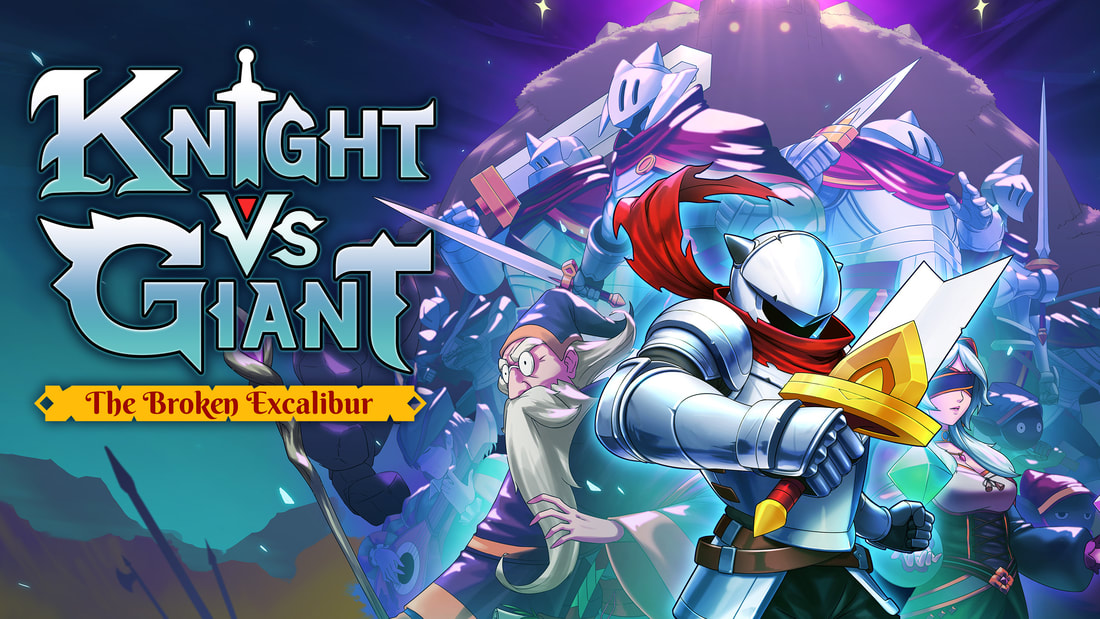
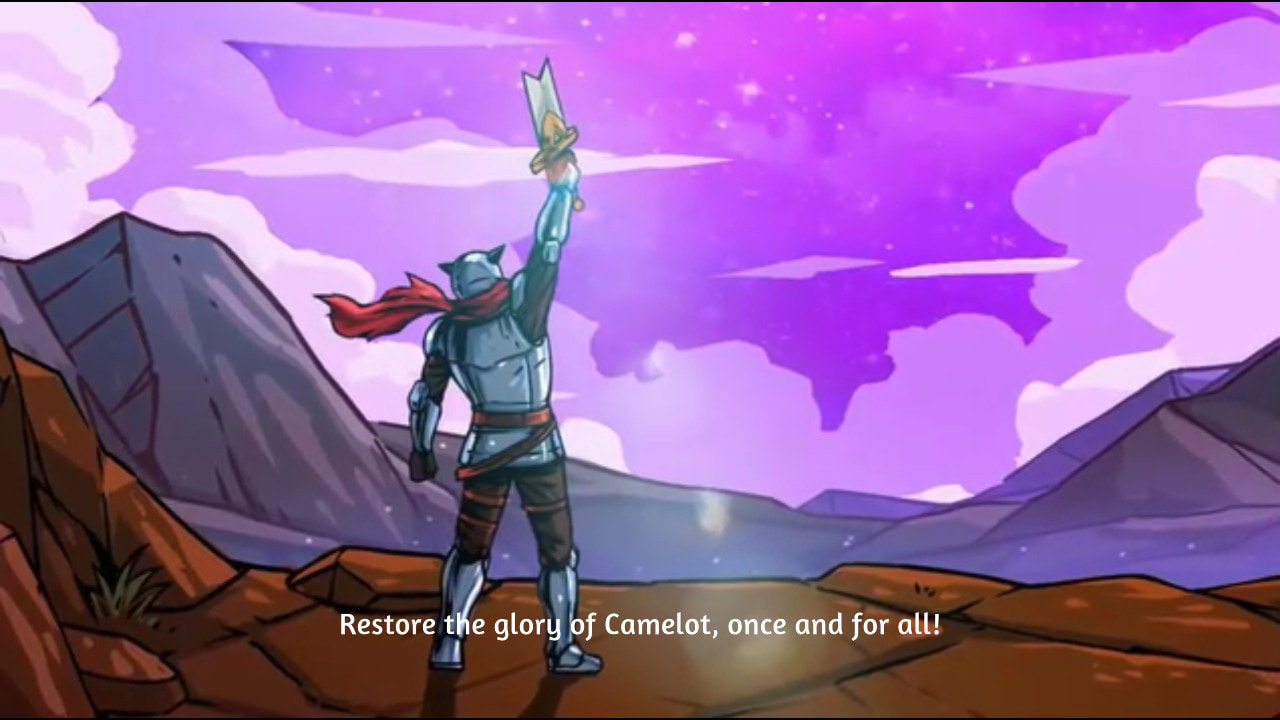
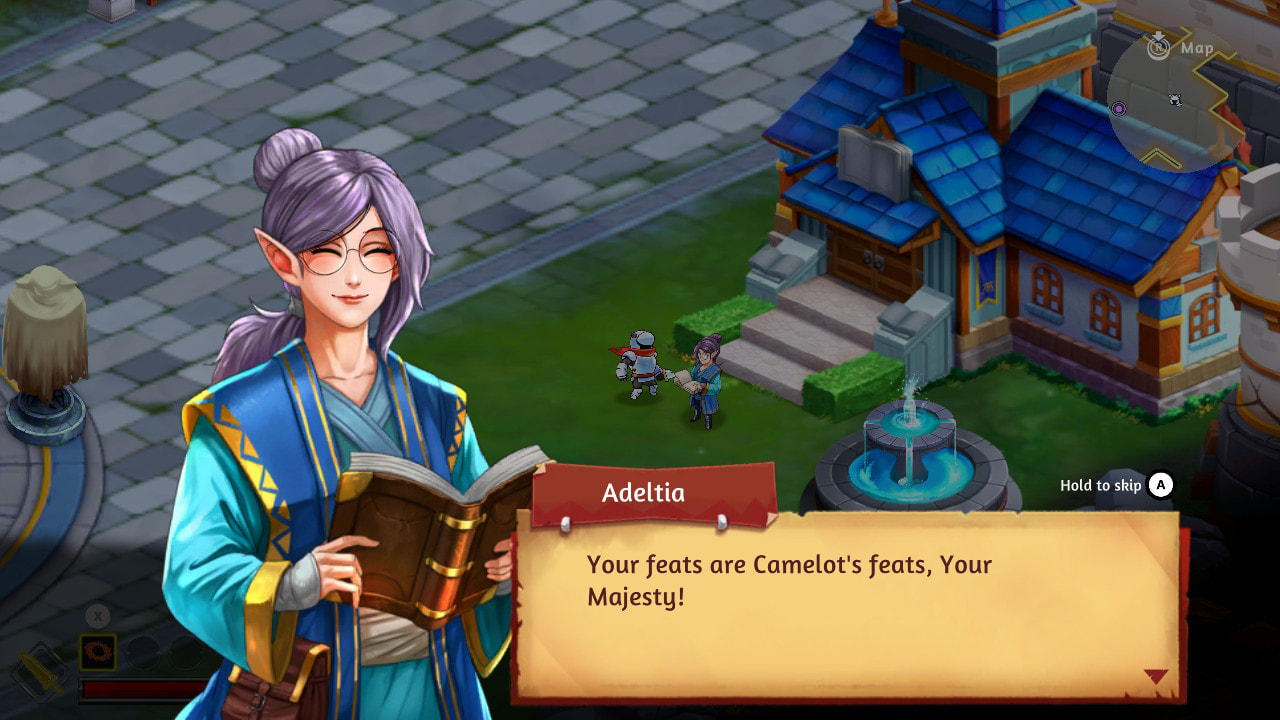
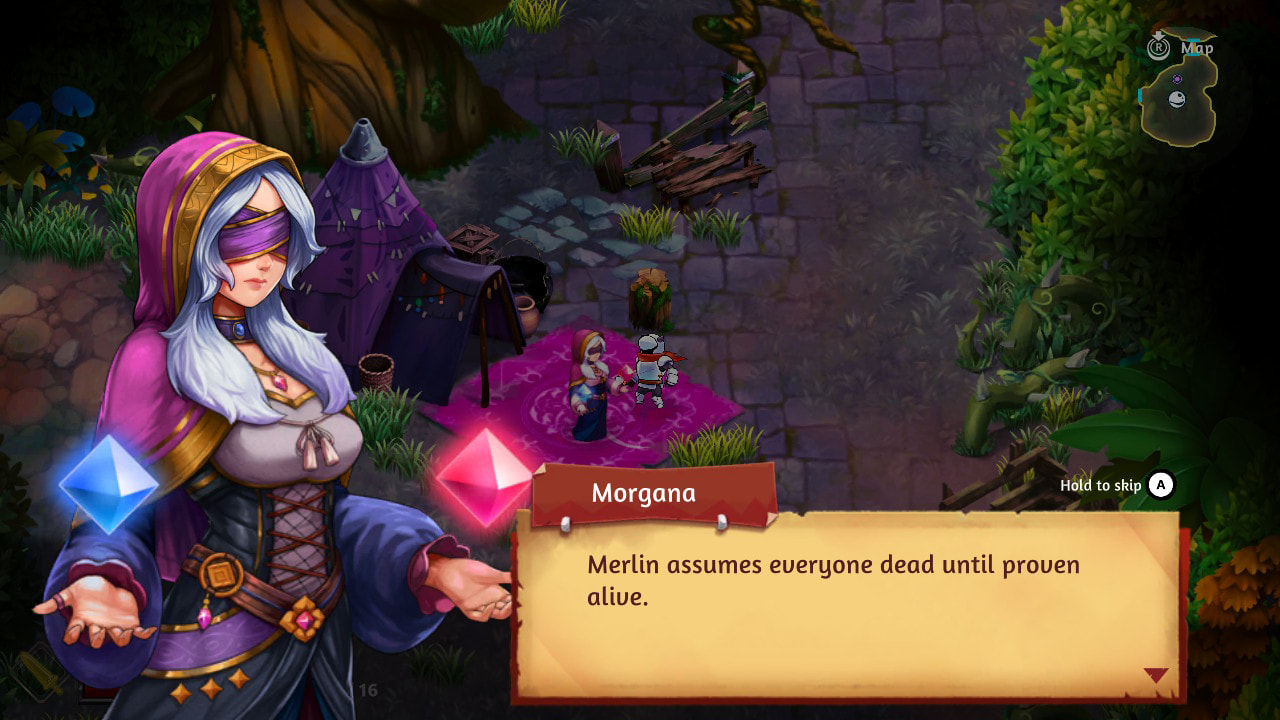
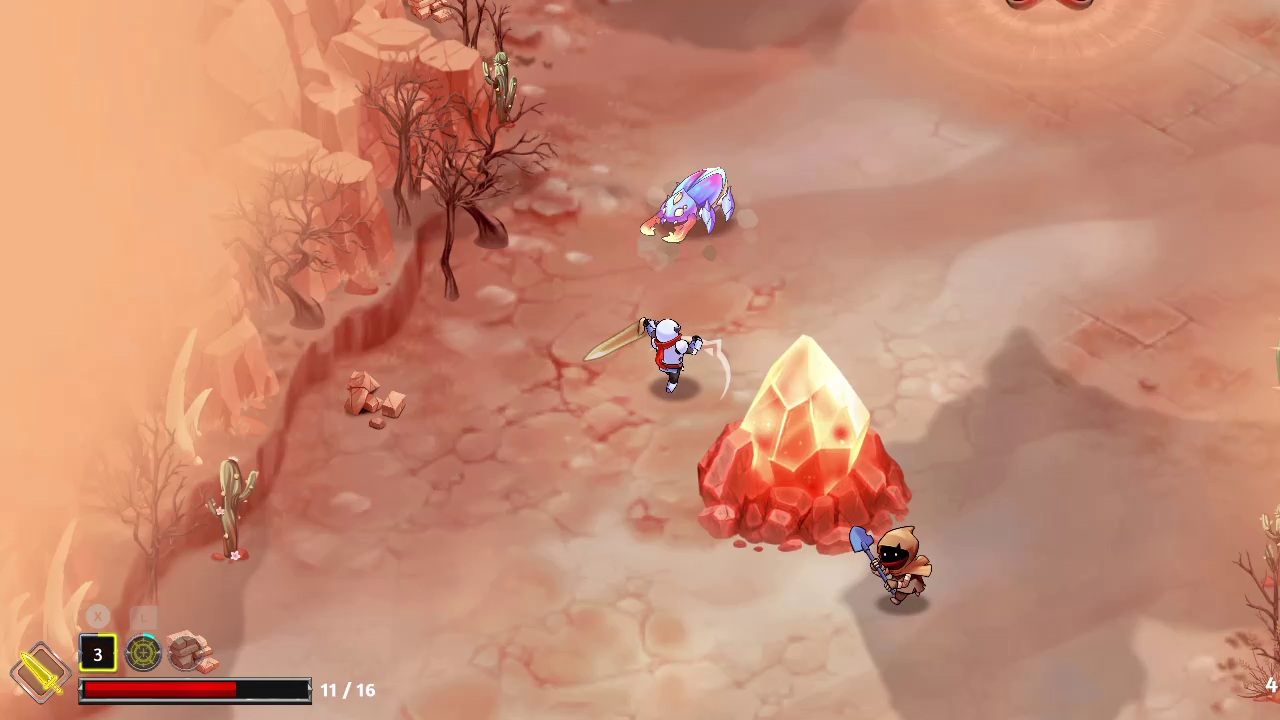
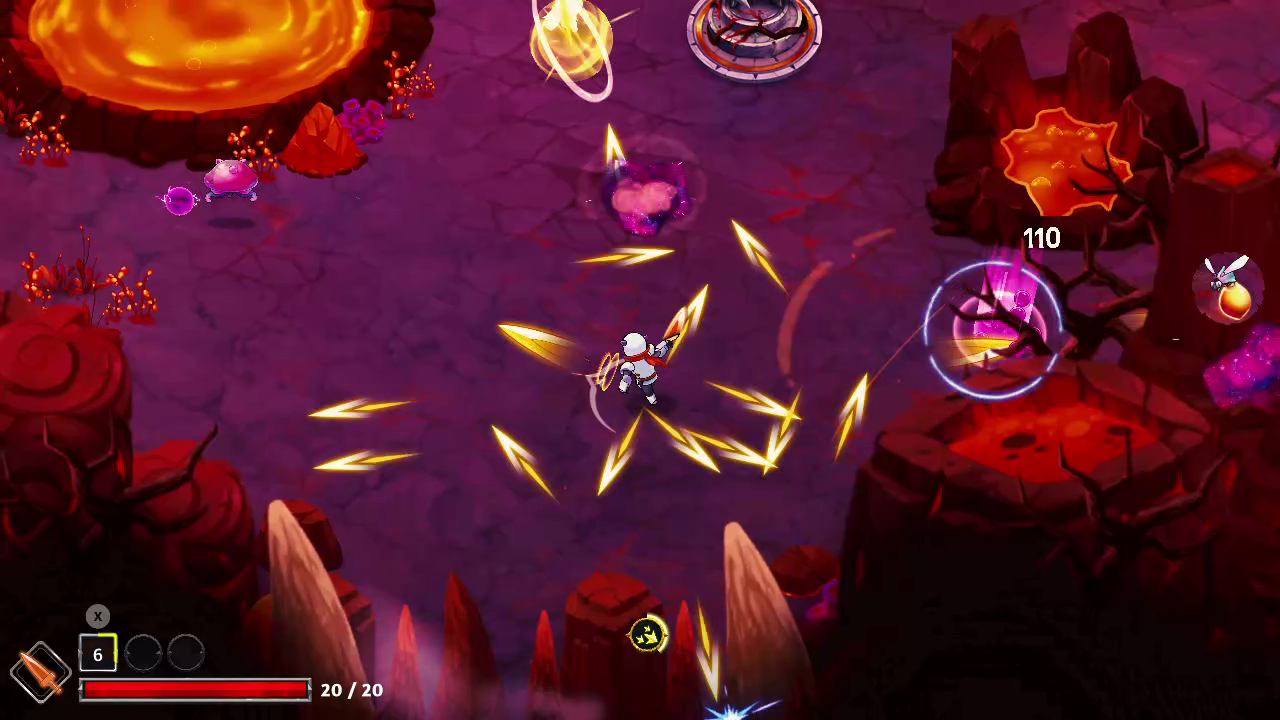
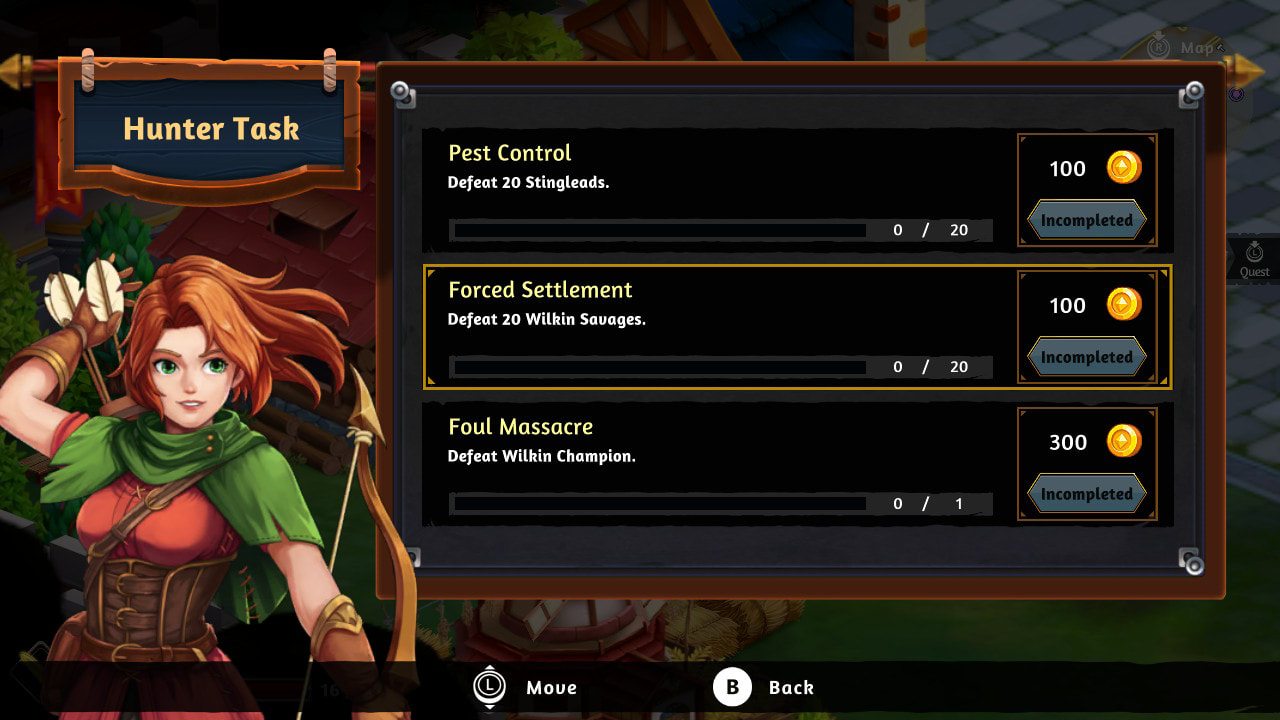
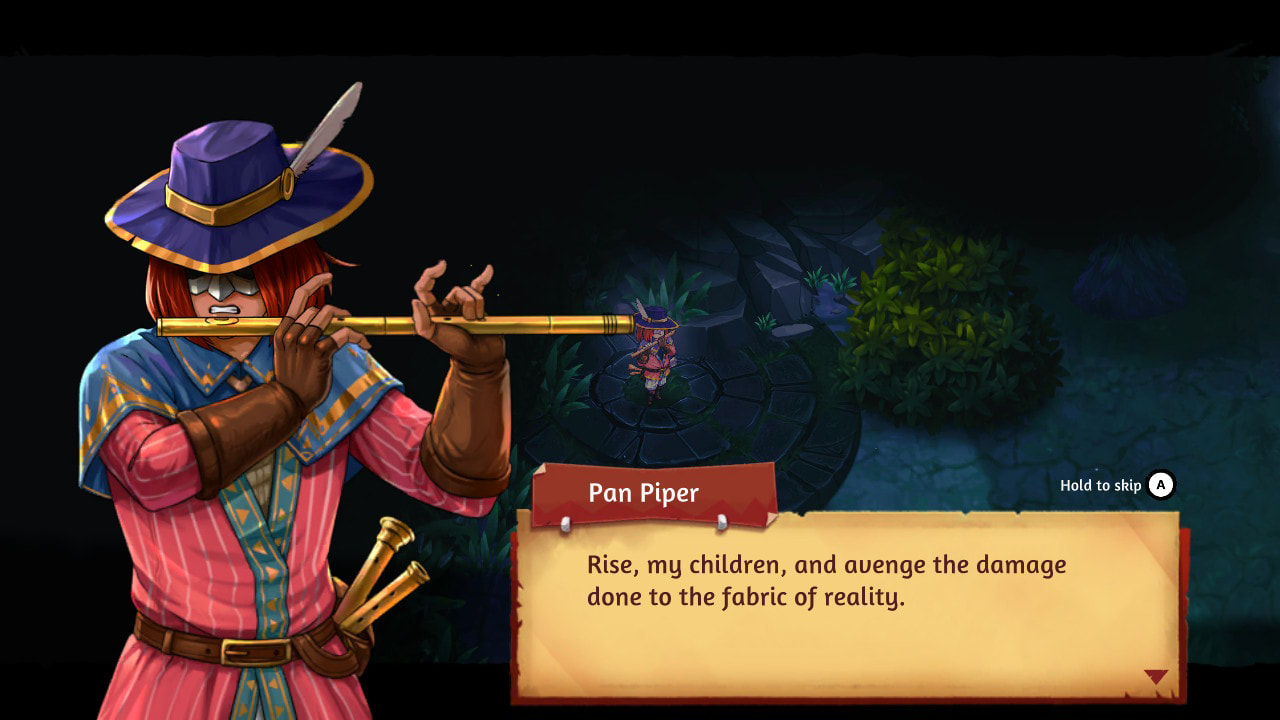
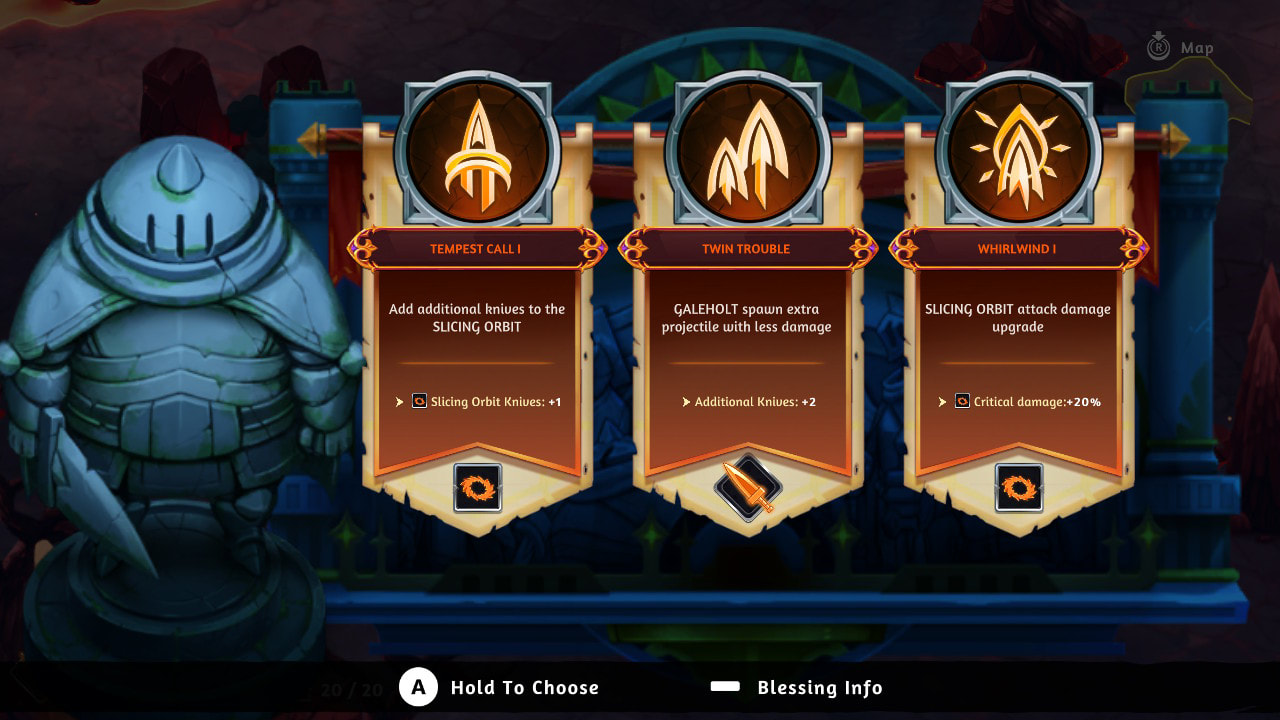
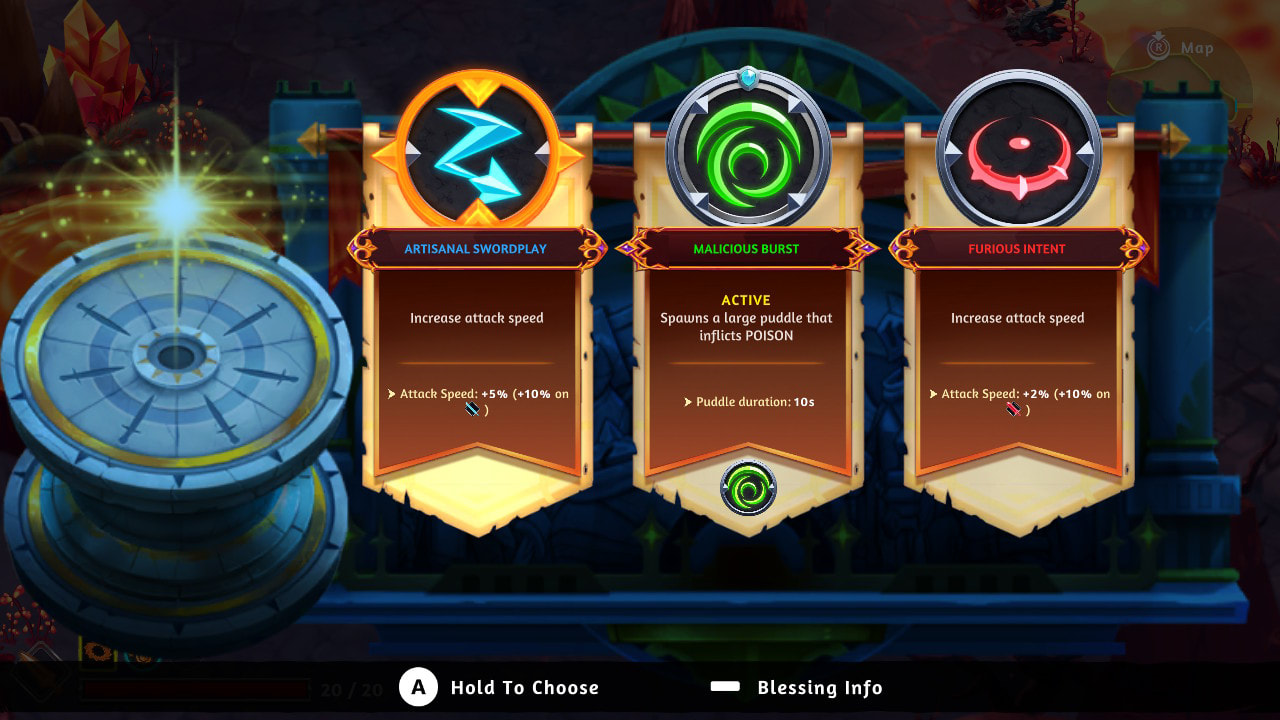
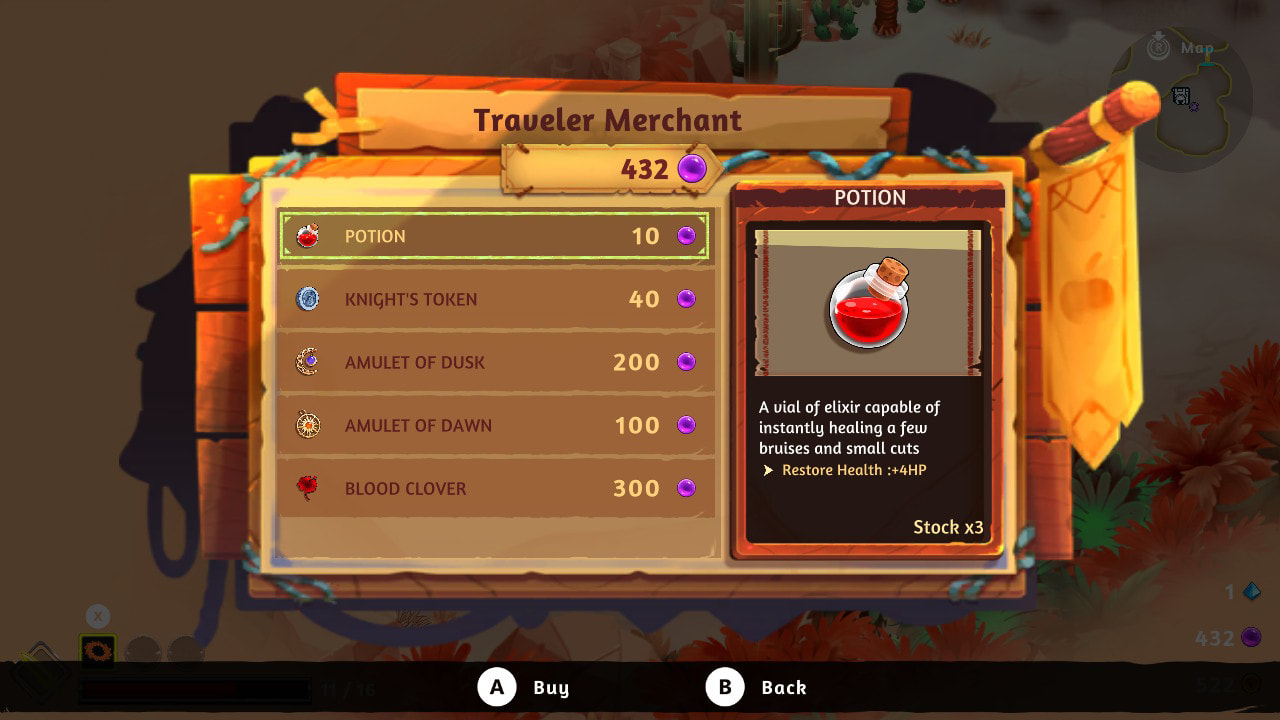
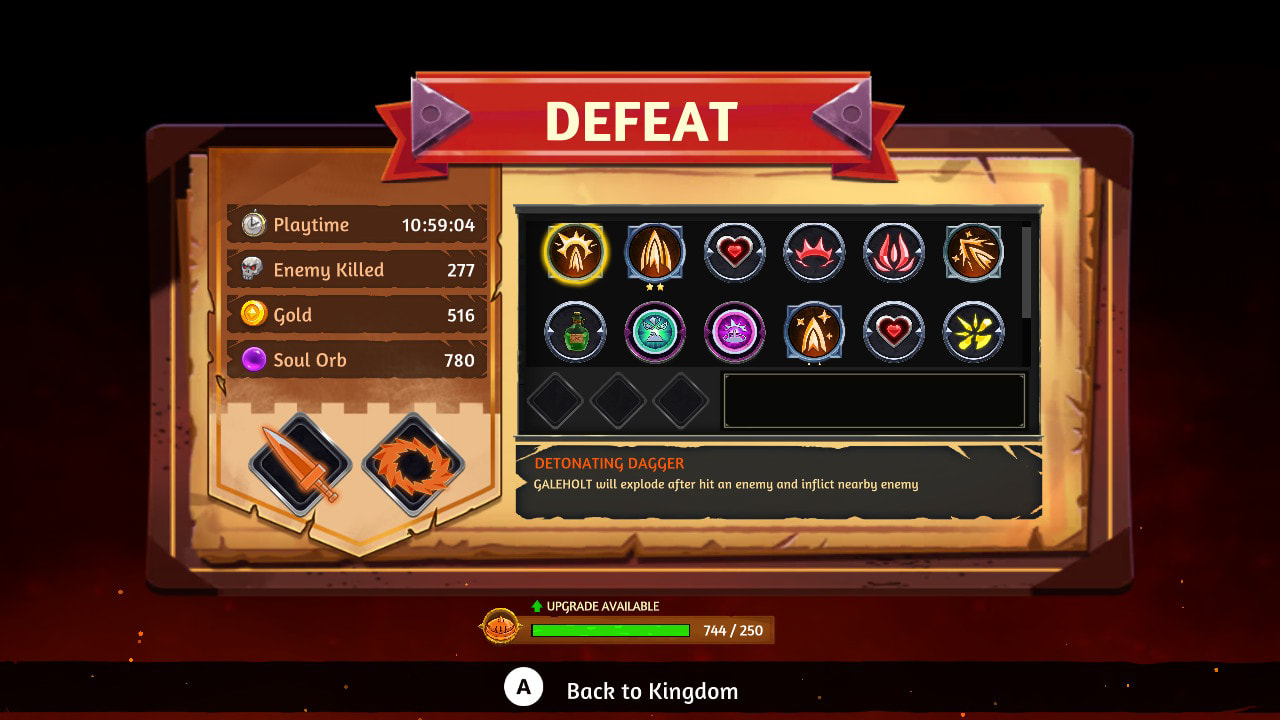
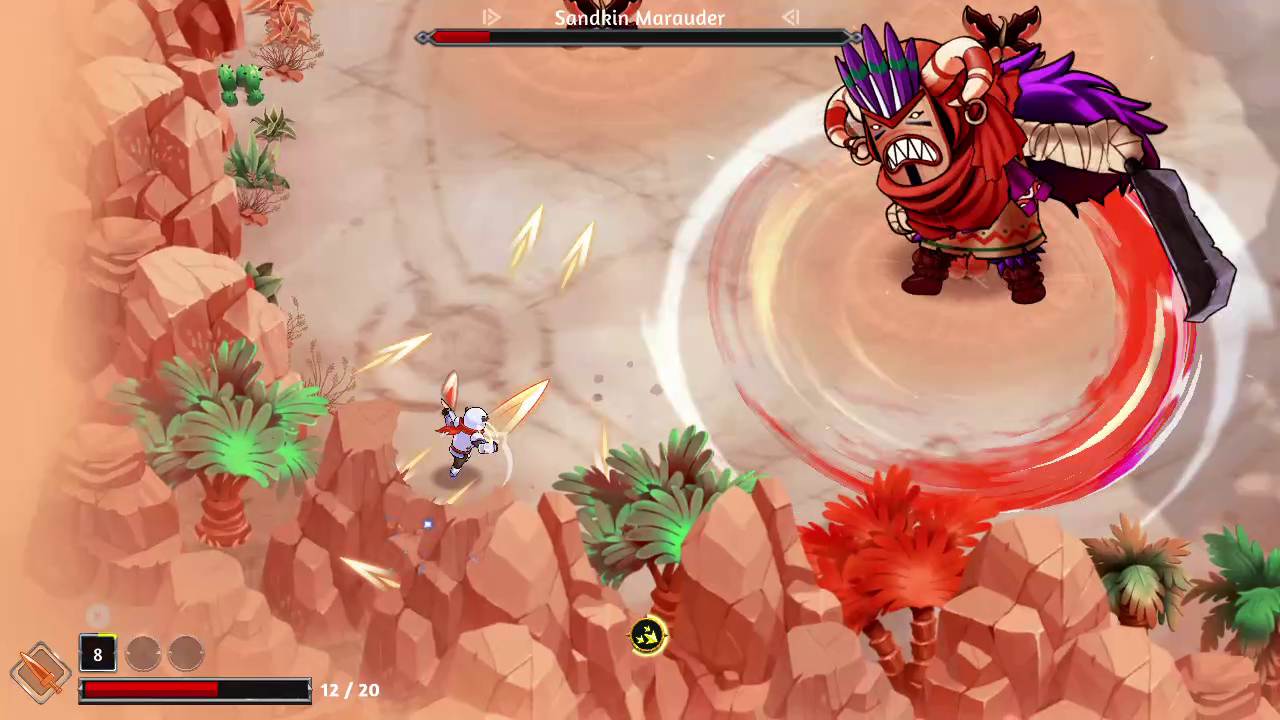
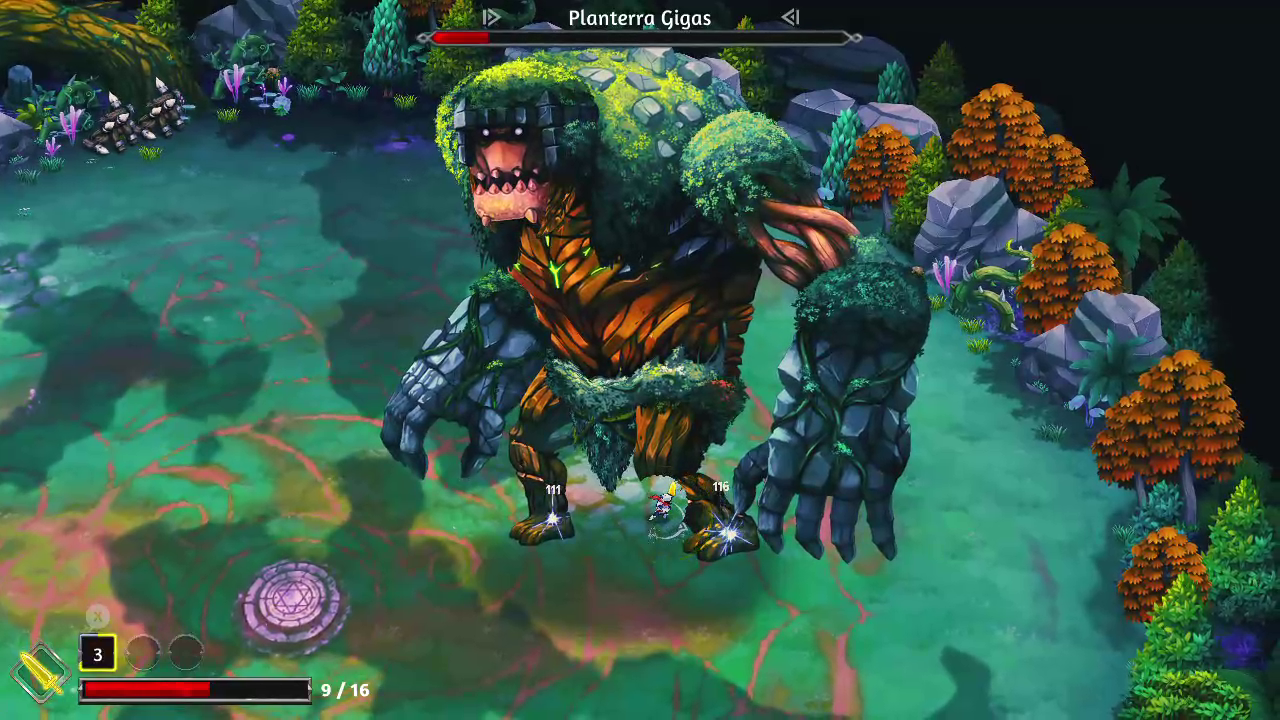
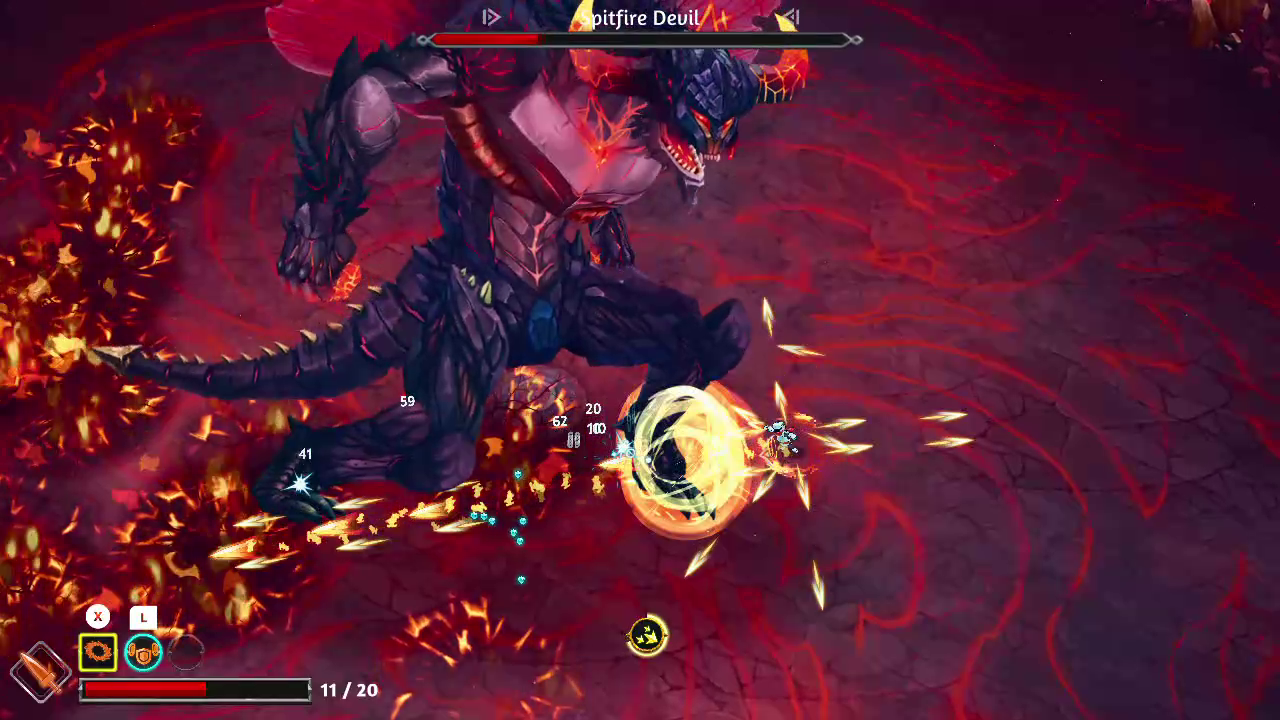
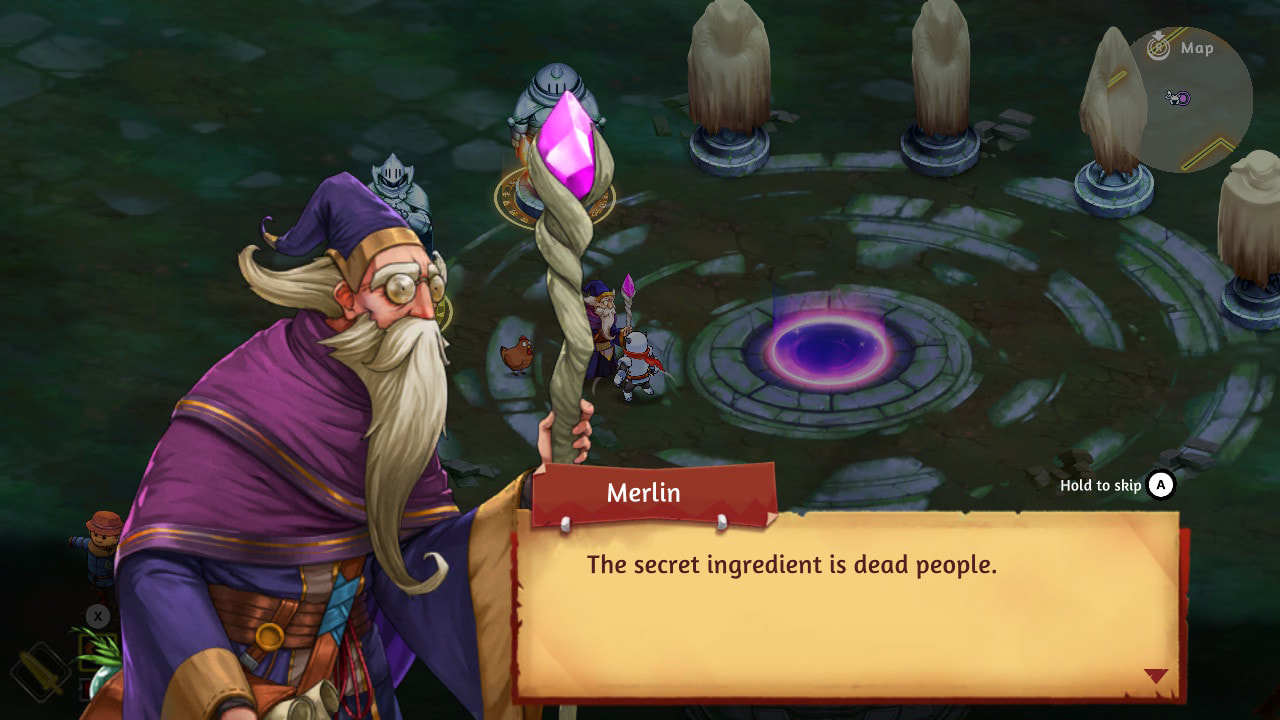
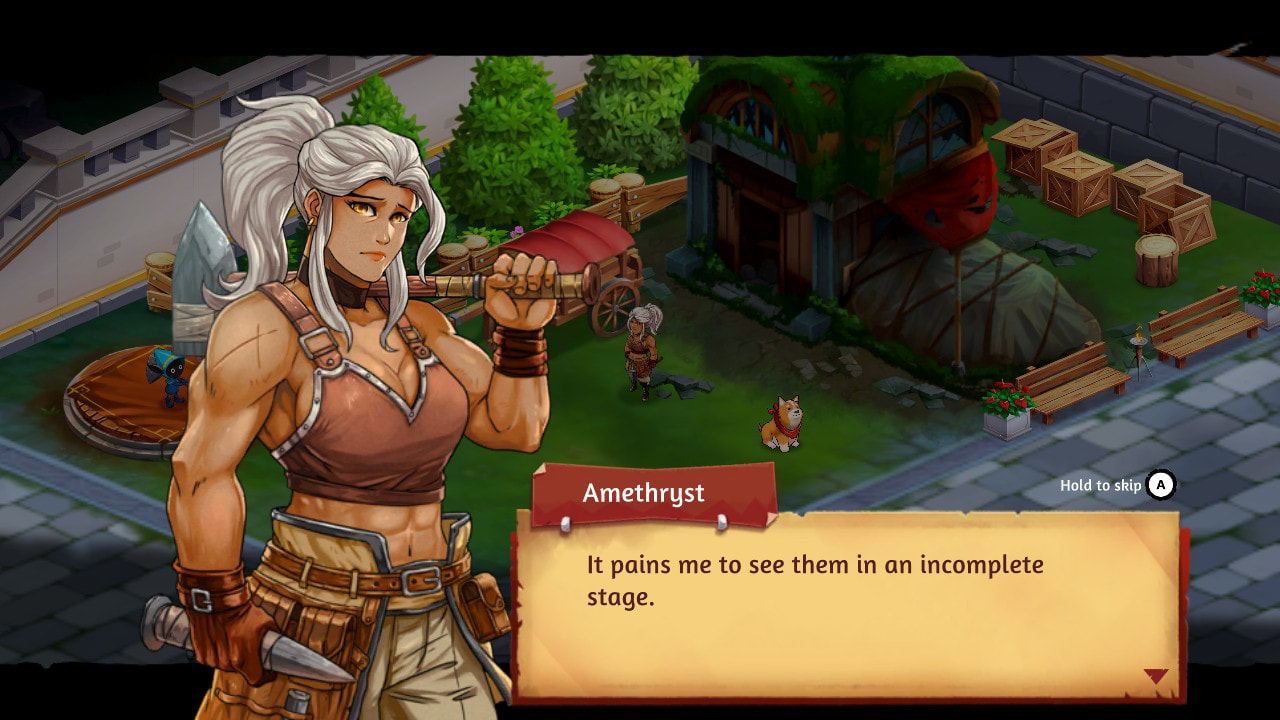
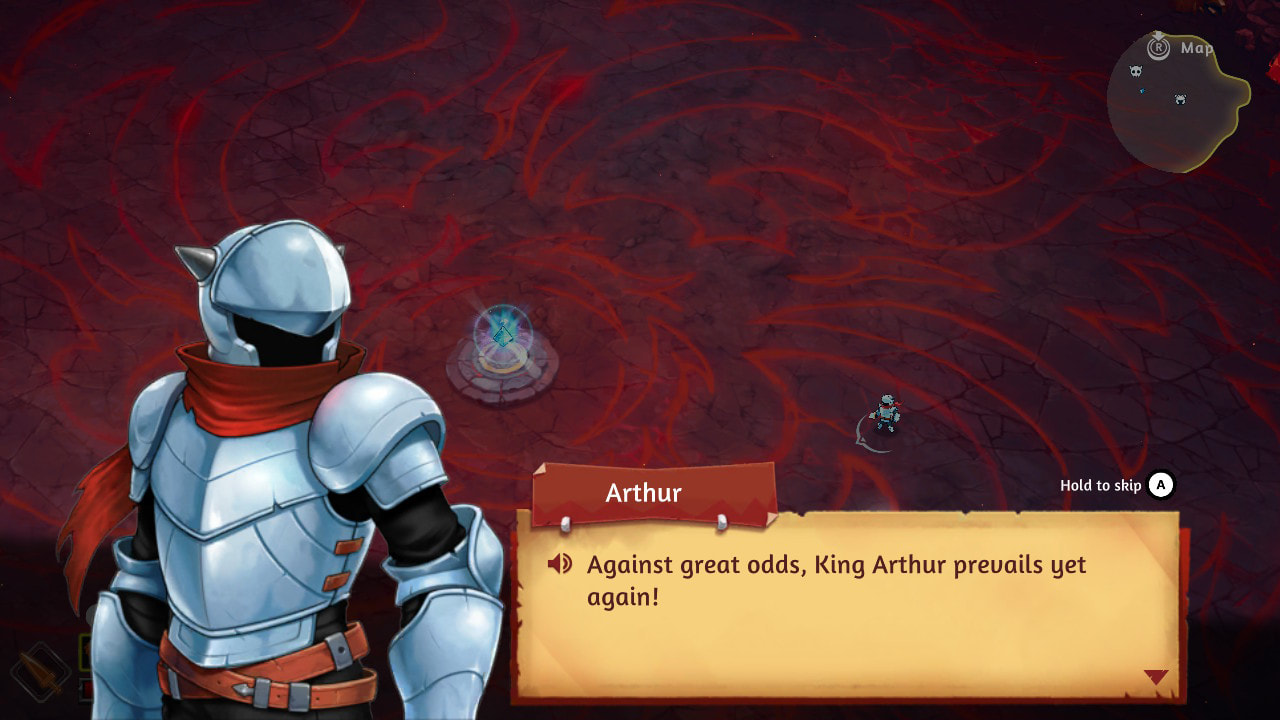

 RSS Feed
RSS Feed